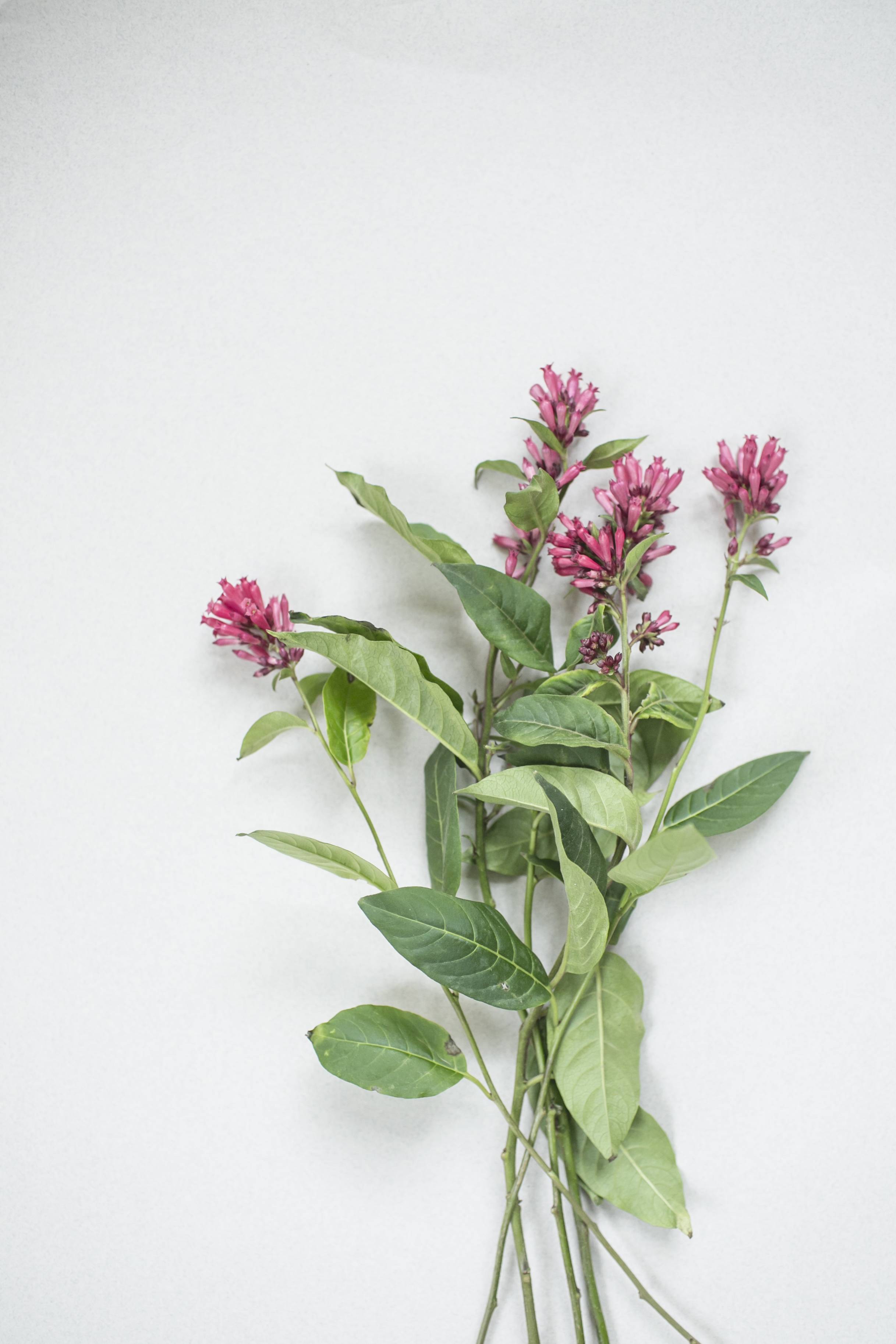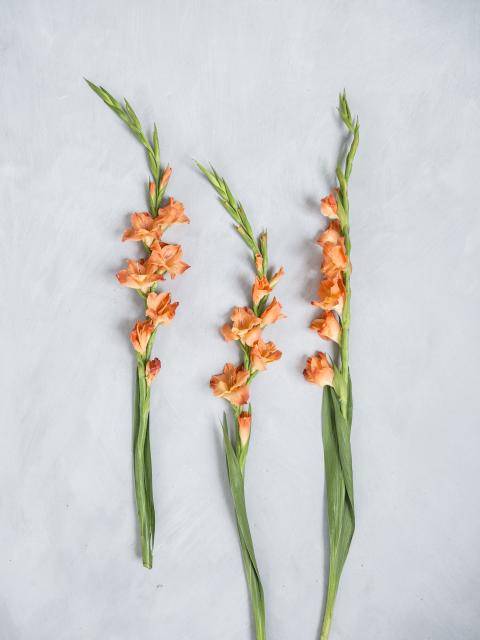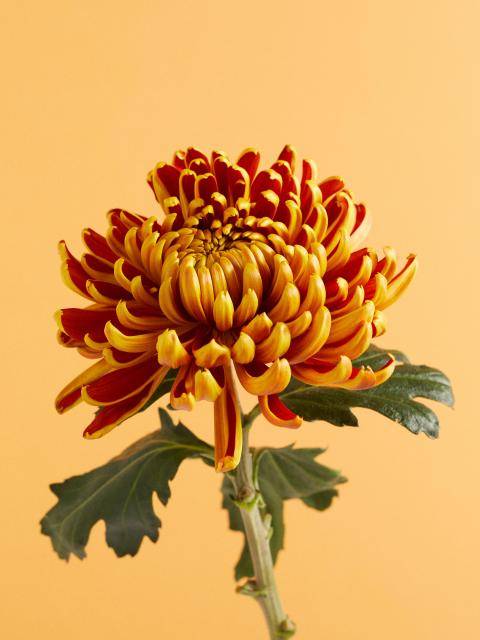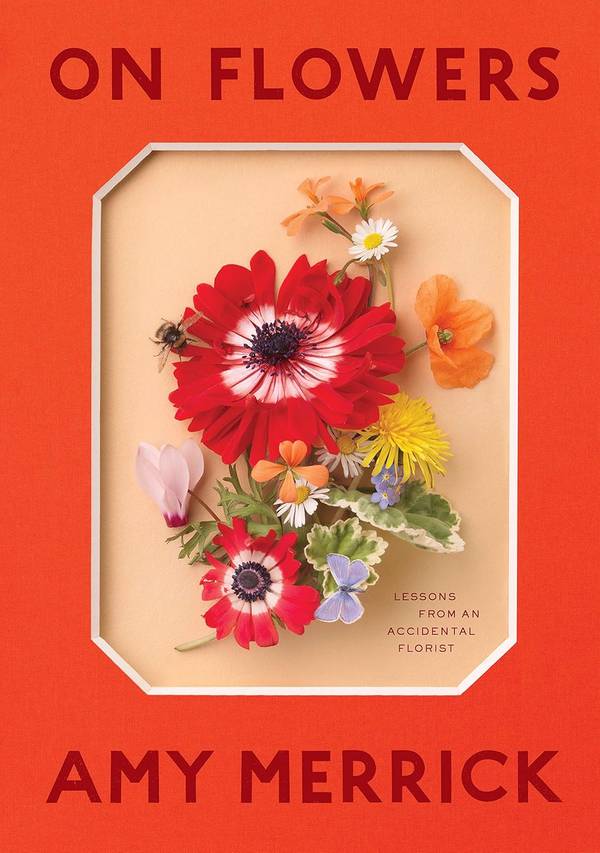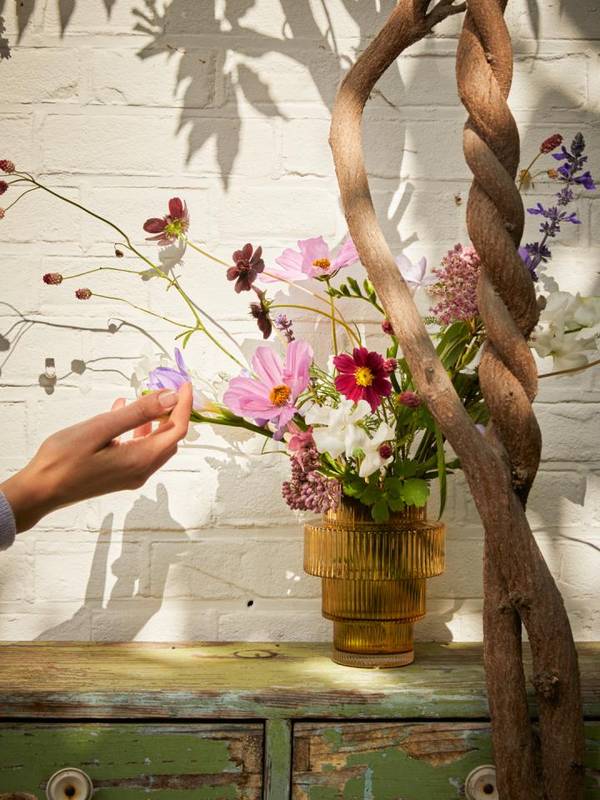
Caring for cestrum
If you want to enjoy your Cestrum for a long time, follow the tips below!
- Remove the bottom leaves.
- Give Cestrum a clean vase with clean water.
- Add cut flower food to the water for a longer vase life.
- Cut or trim the stems 3-5cm diagonally with a sharp, clean knife.
- Regularly top the vase up with tap water.
Colours and shapes
Whilst we love its beauty, the plant is viewed as a weed in South and Central America. That’s no surprise, because at the end of the branch there are attractive clusters of tubular flowers ranging from dark pink to almost black and green and white. The enchanting clusters can grow so big that it causes the branches to bend. A surfeit of beauty! The branches have dark green velvety leaves.
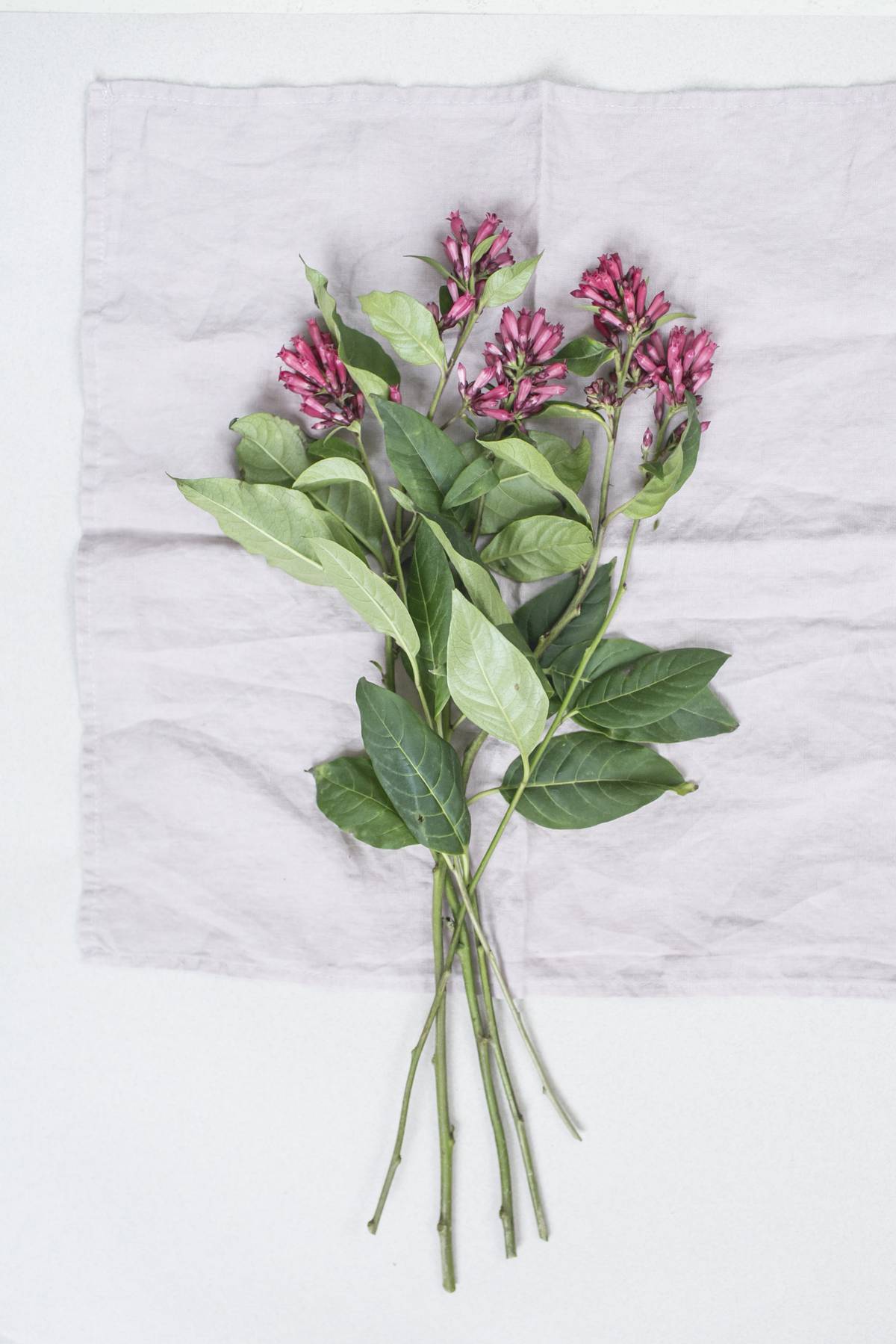
Symbolism
There are no available symbologies or myths about Cestrum. Now it seems logical but then switch to the symbolism of jasmine, since one of the nicknames is night jasmine. But, alas, only in name, they have a resemblance. Therefore instead look for the symbolism of color. For example, red means love, vigor, passion, romance, temptation and decadence.
Origin
Cestrum was discovered at the end of the 19th century in the West Indies. Nowadays, the flowers come from Israel, which is home to this flower’s only nursery. In the wild you only encounter them in Central and South America but luckily you can almost certainly find them at your local florist.
